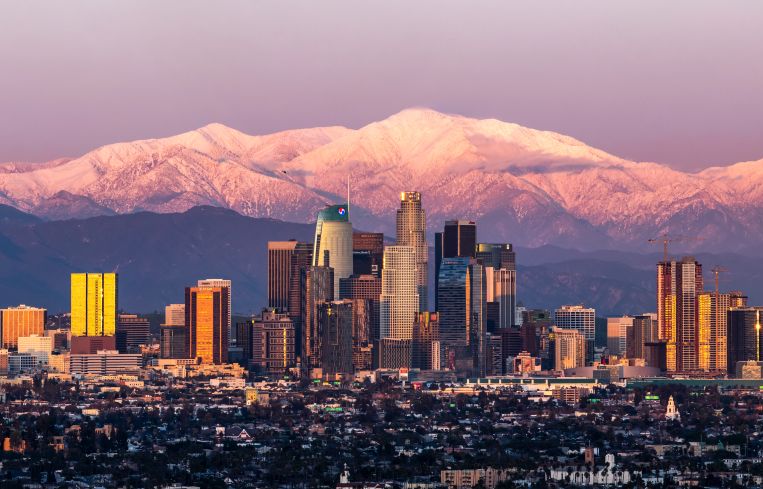LA’s Office Market Has Yet To Feel Full Effects of COVID-19
By Larry Getlen September 21, 2020 8:30 am
reprints
While good news can be hard to come by these days for the office market, sunny Los Angeles had at least one cheery stat in the second quarter that needn’t fill market watchers with horror.
“If you look at the vacancy rate for all of Los Angeles in the second quarter, it was 13.9 percent, which was the exact same as the prior quarter, and the same as a year ago,” Jennifer Frisk, a senior managing director at Newmark Knight Frank, said.
Of course, this is just a minor excerpt of a larger tale, as Frisk went on to say that that number is expected to rise, and that we likely haven’t seen the full effect of the pandemic on office leasing.
But at a time when negatives are so drearily expected as our country faces an unprecedented crisis that shows little sign of abating, why not accept the occasional morsel of good news?
After all, we could highlight, as CBRE did in a recent report, that office transaction volume in Q2 was just one-third of what it was in the corresponding quarter last year, its lowest level since the financial crisis of 2008. Or that decreased leasing volume and increased space on the market resulted in a 1.1 percent quarterly increase in overall vacancy, the largest since Q4 2016, per CBRE. Or that, of the few finalized transactions, most were short-term renewals.
But when you’re talking about Los Angeles, city of angels, a certain optimism is to be expected, even as only one submarket, West Ventura, showed positive absorption, at 3,219 square feet, according to CBRE.
Looking at L.A.’s submarkets, Frisk notes that the downtown area, with a 19.5 percent vacancy rate, is facing, and will continue to face, significant challenges.
“Downtown is always one of the first submarkets to take a hit in any sort of market decline,” she said. “It has suffered, and will continue to suffer, because of the type of product that’s downtown. You have high-rise products, elevator-served buildings, public transit-served buildings. All the things people want to stay away from in a pandemic. People don’t want to get in an elevator and go up 30 floors in their building.”
As for other submarkets, the Hollywood-Wilshire Corridor saw occupancy decline by 359,486 square feet. San Gabriel Valley had 40,785 square feet of negative absorption, and West Los Angeles had 706,551 square feet of the same, according to CBRE.
The top office leases in L.A. since COVID.
Where Los Angeles office rents stand.
Meanwhile… Hollywood’s restart brings higher rents and demand for studio space.



